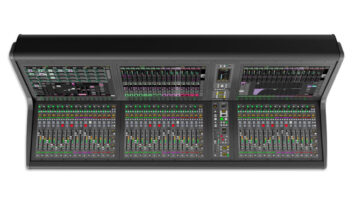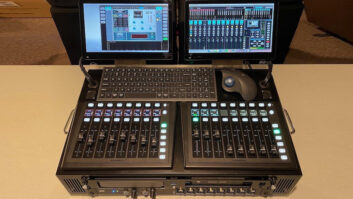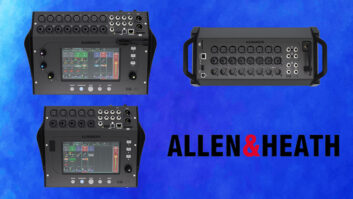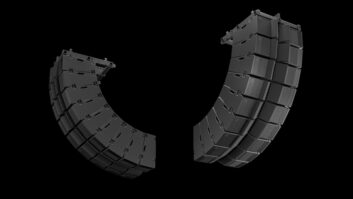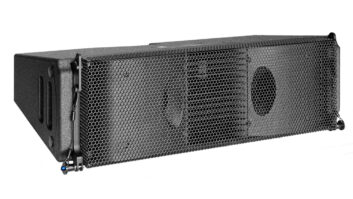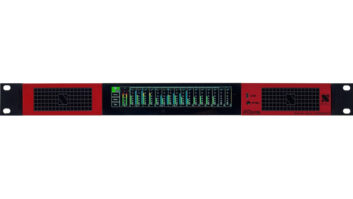Raleigh, NC (December 10, 2012)—While RMB Audio has always chosen Martin Audio to help provide audio for the J.S. Dorton Arena at the North Carolina State Fair for the past 21 years, 2012 was the first time RMB chose to deploy the MLA Compact system.

The system consisted of 12 MLA Compact enclosures and six DSX218 ground-stacked subs per side, along with a dozen W8LM boxes per side for outfill “which can generate 117 db alone without having it sound unpleasant,” explained Cooper Cannady, owner of RMB Audio.
Dorton Arena is the venue for evening performance concerts held during the State Fair with performers such as Michael W. Smith, Brian McKnight, local hero and American Idol Winner Scotty McCreery and other artists. This historic 7,610-seat arena, built in 1952, features an unusual parabolic shape with an elliptical outer wall, and because of its unique design, the venerable hall presents significant audio challenges, Cannady said.
“It’s a beautiful space, but the arena is very difficult for sound engineers,” Cannady said. “It’s not a symmetrical room by any means and there’s a lot of concrete, glass and open space; it’s kind of like providing sound coverage over a Pringle surface.”
Over the years, Cannady and RMB Audio have solved problems with carefully tuned Martin Audio loudspeaker systems. This year they decided to deploy the new MLA Compact.
“Because of the MLA Compact’s controllability via the software, we did a lot of design to avoid the room aberrations. At the back of room, you have the PA, which has to clear a certain height to have no visual interruption for the seating, so we take a slice at that point, and 180 feet in front of that is glass and two big 18-ft. load-in doors that are huge reflectors. In our programming, we designed it so the sound would stop 10 feet in front of the doors,” Cannady said. “It all comes down to having good input dimensional data of the space to generate the design and then just input where the system will be located. Input where you want sound to start and stop, and specifically where you do not want sound, specifically on stage, which is something I really love about it. You run the room design through the step-by-step operation of the system, allow the software to do its optimization, take a look at that and right out of the box, you can mix off the console without doing a lot of outboard major EQ for the room.”
Asked about reactions to the MLA Compact, Cooper concludes, “The touring engineers coming through were really impressed and in some cases, this was the first time they’d mixed with MLA Compact. The ones who didn’t have any preconceptions about the system and listened well before affecting their artistic EQ changes to the audio path did not make any changes after they heard it. Many of them wanted to hear MLA Compact in a much better sounding room. They were pleased enough to say, ‘I really want to hear this again.’”
Martin Audio
www.martin-audio.com
RMB Audio
www.rmbaudio.com

